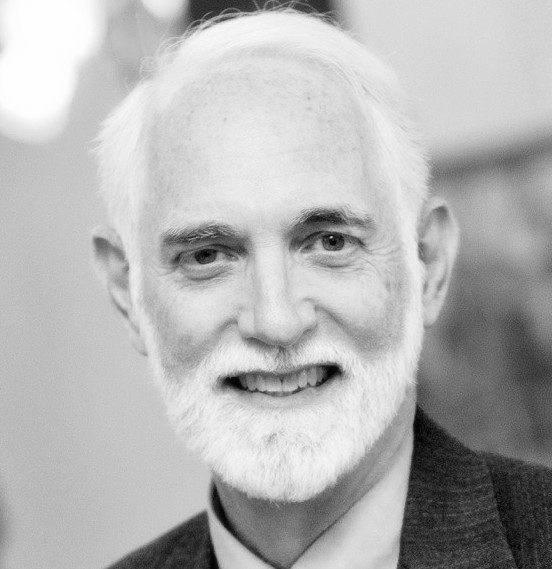The Huffington Post reported recently that Laurene Powell Jobs has pledged $50 million to crowdsource designs for the next American high school. The campaign website, XQ: The Super School Project, makes the case that public high schools have been “frozen in time for the last hundred years while America has gone from the Model T to the Tesla.” What would you do to re-invent high school? Here are some ideas to get you started.
1. Start the high school day at an hour when most teenagers are awake. This is a no-brainer, as in there are very few active teenage brains in the early morning hours. Here are some facts to open your eyes if you haven’t experienced the joy of dragging a teenager out of bed at 7:00 a.m. to go to school.
2. Teach meditation. This should really start in elementary school, but we at least need to offer it in high school. Meditation isn’t about religion, it’s about being mindful. Meditation helps kids deal with the stress in their lives effectively and is a good complement to outlets like sports. Meditation also helps improve the learning environment for everyone. Here are some numbers to meditate on.
3. Everyone needs to know some basic personal finance before they leave high school. This could be combined with some practical math including how to set up a spreadsheet or use simple online tools to manage a budget or compare the real costs of various ways of purchasing expensive items like a car. High school students should learn about compounding when it can make a difference – what happens to $1000 invested in their 20’s versus that same amount invested in their 50’s.
4. Make social psychology part of the core curriculum. Social psychology is the study of how people’s thoughts, feelings, and behaviors are influenced by the actual, imagined, or implied presence of others. Since the “influence of others” is the central feature of the high school experience, students need to learn what is happening to them, how and why. One of the things that social psychology tells us is that we are often wrong in explaining why we do things. As a result, we are often not very good at changing our behavior even when we want to change. Interested? Check out the video by Scott Plous, executive director of Social Psychology Network, at this Coursera site. Hint: take a close look at those playing cards.
5. Teach negotiation skills. Many negotiations fail or degrade into conflict because both parties simply don’t know how to negotiate. Negotiation isn’t actually about taking advantage of the other party, it’s about arriving at a sustainable solution that both parties can “live with” or in the best case, a win-win. If only one of the parties knows how to negotiate, it doesn’t work out well. As our worlds become more diverse and we are confronted with more situations that are new to us, negotiation skills are critical. Think this isn’t a problem? Take a look a Congress.
6. Put the online video game industry to work for education. My dream is that someone with deep pockets will get together with top game designers and create a massively multi-player online role-playing game (MMORPG) where all the “incidental learning” is real. You learn real physics and math to navigate the galaxy, real chemistry to make your armor, real negotiation skills to get resources, real geology to mine for precious metals, real languages to communicate with other groups, real economics to manage the in-game economy. There is already a lot of learning going on in these games, both social and technical, not to mention political. Think of it as World of Warcraft meets the Khan Academy. There are huge benefits to exploring the nexus of fun and learning. Check out this game-based school to learn more.
7. Reduce class size. In most of the new models of education, teachers do a lot more coaching to provide more focused support of learning for each student. For the average professional football team in the US, there is a ratio of about three players to each coach, and these players are professionals who are already supposed to know what they are doing. In public high schools, the average class size is about 27. You do the math – or were there 34 kids in your math class, too?
What are your top seven ideas for re-inventing high school?

3 responses to ““Super School” Project Challenge: Seven Steps to Re-Inventing High School”
Great ideas. The one I would add is music education. Research is beginning to show the positive impact of music education on the brain. Rather than teaching splinter skills like test preparation, a priority should be on developing the brains overall capacity.
Yes, I fully agree. Music is a great way to teach systems thinking. Music is also a great way to understand how memory works. And of course, it is another form of meditation!
Nice points. 1) Physical education should be required. High school sports have pretty much gotten professionalized where only people that want to dedicate their lives to a sport get to play. This is to the detriment of everybody. 2) Send aggressive/ADD/intelligent kids that spend high school goofing off or smoking pot to some alternative school after their sophomore year. Keeping them mainstream is a detriment to everybody (especially themselves). 3) Manufacture small group settings of diverse students to tackle small problems to reduce social friction and promote intermingling among jocks/nerds or quiet types/loud types. 4) Have less structured class rooms (i.e. bean bag chairs, video lectures) BUT instead enforce more discipline/structure upon actual deliverables (i.e. real-time consequences for under performance). That’s all I got.